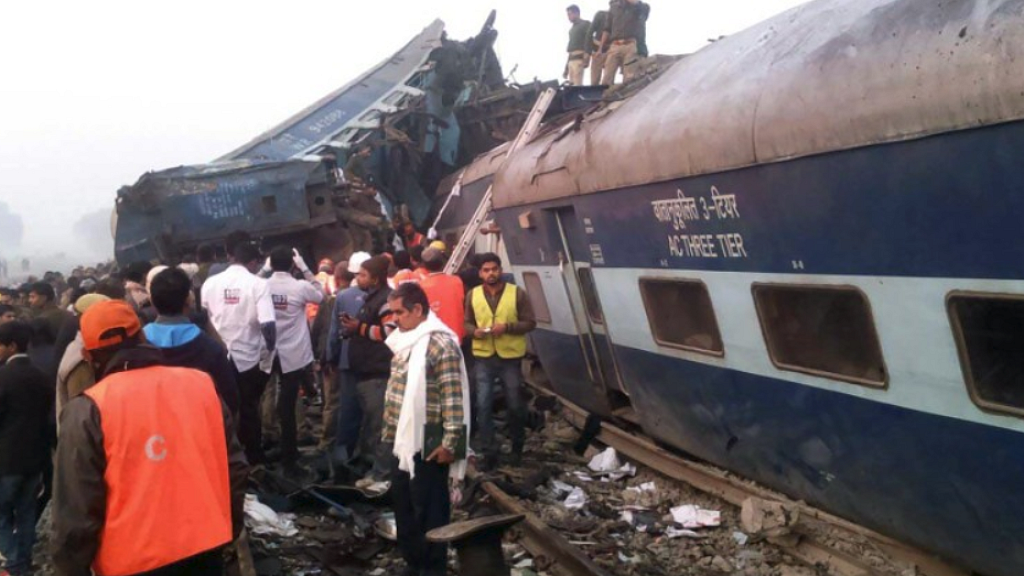As PM Modi prepares for Bullet train, 63 train accidents rocked 2017
While Prime Minister Narendra Modi’s grandiose plans for his bullet train project has taken off last year, 2017 won’t be remembered as a good year for the Indian Railways

As many as 63 serious train accidents, leading to deaths and injuries, were reported between January 1, 2017, and November 30, 2017, or one accident in every five days, according to this reply to the Rajya Sabha (upper house of Parliament) on December 15, 2017.
Of these, 45 (71%) were derailments, 12 (19%) accidents at unmanned level crossings due to negligence of road vehicle users, four collisions, one due to fire in train and one at manned level crossing gate.
Indian Railways, the largest passenger system in the world with 23 million passengers every day, was hit by 78 derailments in 2016-17 with 193 people dead, the most in 10 years, IndiaSpend reported on August 22, 2017.
As many as 37 derailments have been reported in 2017-18 between April 1, 2017, and November 30, 2017, a 45 per cent decline compared to the corresponding period of the previous year (67 derailments), according to this reply to the Rajya Sabha on December 15, 2017.
Derailments accounted for 76% of all (49) consequential trains accidents in 2017-18.
Back-to-back train accidents in August 2017 led to the resignation of the then railway minister Suresh Prabhu, Business Today reported on September 3, 2017.
Nine train derailments were reported in 27 days over August and September, IndiaSpendreported on September 14, 2017.
Another tragic incident that struck the railways this year was the stampede on the railway foot over-bridge at Elphinstone station in Mumbai on September 29, 2017, which killed 23 people and left 38 injured. Heavy rains, crowd and confusion were the reasons for the mishap, a railway committee report said, The Hindu reported on October 11, 2017.
Mumbai’s local trains carry about 7.5 million passengers every day, packed, on average, to 2.6 times capacity, IndiaSpend reported on September 29, 2017. Such pressure on the commuter-rail system strains platforms, bridges–such as the one at Elphinstone Road where the stampede occurred–and other infrastructure as they struggle to cater to many times more commuters than they were designed for.
This report was first published in Indiaspend.com
Follow us on: Facebook, Twitter, Google News, Instagram
Join our official telegram channel (@nationalherald) and stay updated with the latest headlines